KAPRE and ASWANG 101: Filipino Mythology for Beginners
Philippine Mythology has been a hot commodity as of late for graphic novels, Netflix and Hulu specials and ComiCon activations- and part of its ever increasing popularity is because its vast mystical canon is as complex and neverending as the House of the Dragons’ family tree.
While Philippines Mythology is mostly symbolic, (or perhaps anecdotal to keep disobedient children in line), it is full of stories and entities that speak to the culture of the different people and tribes in the different regions- each with their specific fears, values and passions.
We take a peek at what are mostly known in the community and those that lurk in the deep dark corners of the unknown. Here’s a beginners guide to Filipino folklore creatures and supernatural beings.
Level 1
Kapre
Kapre is a tall, grimy, dark humanoid that resembles a gorilla and is known as a tree demon. They are also known to have a strong body odor and to smoke in trees. They play tricks on people by making them go in circles or completely lost in the woods. Legend has it that to escape their grasp, you must turn all your clothing inside-out.
The name kapre is derived from the Arabic word "kaffir," which means a non-believer in Islam. It was first used by the Arabs and Moors to designate to dark-skinned non-Muslim Indians. The term caphri was used for the first time by Antonio Pigafetta of the Magellan expedition. The inhabitants of Suluan described them to the Magellan crew as dark-skinned, tattooed warriors.
This tree-dwelling giant gets the mainstream spotlight in an episode of the Hulu horror anthology “Bite Size Halloween,” this month. Titled “The Kapre,” the short film, which runs for nearly seven minutes, is one of 20 offerings in the third season of “Bite Size Halloween,” which started streaming on October 1, 2020. Directed by Filipino American director, Carlo Ledesma, Kapre stars Tippy Dos Santos and Nico Locco as two unsuspecting Americans who awaken a large and legendary creature while camping in an enchanted Philippine forest. Definitely a great addition to your Halloween line up!
Anito
Ifugao hogang in the Banaue Rice Terraces, guardian spirits carved from tree fern trunks usually placed along pathways and in village outskirts
Photo courtesy of Erikapajama
Anito is a term used and used widely throughout the Philippines to refer to spirits, which include ancestors (ninuno) and nature spirits, as well as, depending on ethnic group, deities. It is a contemporary Reconstructionist religion that refers to the Pre-Hispanic religious system of Filipino forefathers.
Anito (a phrase often used in Luzon) is also called as diwata by various ethnic groups (especially among Visayans).
Tikbalang
Tikbalang is a bipedal horse monster of Philippine mythology claimed to lurk in the Philippines' highlands and jungles. It is often said to be the transition of an aborted fetus transferred from limbo to Earth.
Tikbalangs are reported to terrify travelers or play pranks on them, leading them off the route. No matter how far or where he turns, such trickery will deter the traveler from returning to the route.
Tikbalangs are beneficent protectors of elemental realms, according to a traditional Tagalog belief in Rizal Province. They are frequently seen standing at the base of big trees, scanning the area for anybody who dares to enter their kingdom's domain.
Tiyanak
The Tiyanak is a little humanoid vampiric creature that disguises itself as an innocent infant before attacking humans.
It disguises itself as a newborn left in the woods or on the farm. When it is picked up, it loses its disguise like a snake losing its old skin, showing its actual form, and kills the victim by biting and mauling.
There are several legends surrounding the origins of tiyanaks. Mindanao's Mandaya people believe that the tiyanak is the ghost of a kid whose mother died before giving birth. As a result, it was "born in the earth," acquiring its present condition. The Pontianak, a lady who died before giving birth, is a similar legendary figure in Malay tradition.
The tiyanak myth was incorporated into Catholicism in the 16th century. In the Catholic interpretation, the tiyanak were purportedly the souls of newborns who died before being baptized. In the modern Philippines, this term has been expanded to include aborted babies who have returned from the dead to seek vengeance on those who have taken their lives.
Sirena
The Sirena is a legendary sea monster having the head and torso of a human female and the tail of a fish. Sirenas are known as Magindara in various parts of the Philippines, notably Bicol and Visayas, and are depicted as ferocious mermaids.
Sirenas are Engkantos who belong to the Bantay Tubig (water guardians). Other Bantay Tubig instances are Siyokoy, Kataw, and Ugkoy.
Aswang
Photo courtesy of H.M.Bec
The aswang is an intrinsically evil umbrella term encompassing different shape-shifting evil monsters such as vampires, ghouls, witches, viscera sucking, and werebeasts. Even in the 16th century, Spanish colonists observed that the Aswang was the most dreaded of the fabled animals of the Philippines. Other regional names for the aswang include "tik-tik," "wak-wak," and "soc-soc," which refers to the sound it makes when pursuing prey. Aswang is derived from the Sanskrit word Asura, which meaning "devil."
Level 2
Diwata
A Diwata (from the Sanskrit term Devata), also known as Encantada, is a dryad who is friendly or neutral and is called ritually for favorable crop growth, health, and prosperity; they may also incur sickness or disaster if not treated properly.
They are thought to live in giant trees like the acacia and balete and to be nature's guardian spirits, bestowing blessings or cursing anyone who bring advantages or harm to the woods and mountains. They derive from the Devata creatures found in Hinduism and Buddhism. Since its incorporation into pre-colonial Filipino mythology, the name "diwata" has taken on numerous degrees of significance. It is sometimes used to refer to a general sort of entity, similar to "elf" or "fairy."
Nuno
The nuno sa punso ("old man of the mound") is a dwarf-like monster who lives in an anthill or termite mound. Its name directly translates to "Ancestor/Grandparent in the Anthill.
The nuno is an easily enraged goblin who will attack those who destroy or disrupt his mound. When an invader ruins the nuno's home by kicking it, the offender is cursed and his foot swells. Other curses can be attributed to swelling or pain on any part of the body, vomiting of blood, urinating black liquid, excessive hair growth on the back.
Nuno sa punso are also thought to live behind huge rocks, trees, riverbanks, caverns, or in a backyard.
Children are also warned to ask permission or give fair notice before passing by such nuno-inhabited areas, which is done by saying "tabi tabi po" (literally "please be on the side" or "please move aside," that is, you tell the nuno to stand aside), or "please let me pass by," or "I mean no harm as I pass through your territory."
Pugot
The Pugot (literally meaning "decapitated one") is a mythological demon found in the Ilocos area. It may take on numerous forms such as hogs, dogs, and even people. It generally appears as a dark, massive headless creature. The monster is frequently seen in gloomy regions or abandoned dwellings. They prefer to live in trees such as duhat (Eugenia cumini), santol (Sandoricum koetjape), and tamarind.
Aside from shapeshifting, the pugot can travel at breakneck speed, preying on snakes and insects it finds in the treetops. It feeds by inserting food into its neck stump.
Despite its menacing appearance, the pugot is generally harmless. The monster, on the other hand, is fond of women's underwear and snatches them when they are drying on a clothesline.
Manananggal
Photo Courtesy of Gian Bernal
The Manananggal (meaning "self-segmenter") is a Filipino Aswang that detaches her torso from her lower half and then takes flight at night to consume children.
It is characterized as an elderly, beautiful lady capable of separating its upper body and flying into the night with gigantic bat-like wings to prey on sleeping pregnant ladies in their houses.
To feed, the self-segmenter selects a remote location where she will leave her lower body while hunting at night. She obtains the capacity to fly as she separates from her lower torso. She then sets out in quest of pregnant women's homes. The Manananggal alights on the home and inserts her tongue through the roof after selecting a suitable victim. The tongue is a long, hollow tube that is incredibly flexible. She uses it to pierce the sleeping woman's womb and suck out the fetus. At times, she seduces guys with her attractiveness and brings them to a secret location before devouring them. She typically consumes internal organs such as the heart, stomach, and liver.
When the Manananggal is in her monstrous form, sunlight is lethal. She will be annihilated if her two parts remain divided when daylight arrives. To defeat the Manananggal, folklore has it that one should look for the lower torso that she leaves behind during her nocturnal hunts. The exposed flesh should then be covered with salt, ash, and/or garlic to prevent the monster from recombining and leaving it vulnerable to sunlight. Small containers of salt, ash, and raw rice, as well as the scent of burning rubber, are claimed to keep the Manananggal away from one's home.
Tambal
A monster capable of impersonating human victims, is the Filipino equivalent of the doppelganger. They make their victims go missing for days and then assume their place at home, mixing with relatives and acquaintances.
According to legend, the tambal slaughter their victims before assuming their place. The tambal subsequently pretends to die, but the "corpse" it leaves behind is a tiny tree stump."
Mangkukulam
from Jose Rizal’s “La Curacion de los Hechizados” depicting victims of “kulam.”
People who practice sorcery are referred to as Mangkukulam which literally means "a practitioner of kulam (curse)". They frequently do it for vengeance or to harm others. Sorcerers, or mangkukulam, can be found in rural areas or provinces.
A mangkukulam may employ a voodoo doll and a needle to perform spells on persons they want to exact revenge on, but they mostly rely on natural magic and superstitions, much like an arbularyo, or witch doctor. Both can be called witches, but the primary distinction is that an arbularyo is a healer, whereas a mangkukulam is a malicious person who fools and curses others.
Dwende
Photo Courtesy of Diego Dacal
A dwende is a dwarf creature that lives in the woods, an anthill, or ancient dwellings in distant regions. The dwende resembles a little, elderly guy with a lengthy beard who enjoys wearing large hats.
There are both good and bad dwendes. Their personality are represented by different colors. Dwende who are evil are red. The easiest approach to get rid of them is to execute a ceremony that an albularyo can do (healer or herbal doctors).
Good dwende are white in color and might be beneficial to have about the house. They have the ability to defend the environment in which they reside. It is often assumed that black dwende is bad, but she claims that red dwende is the most evil of its type. The green dwende enjoys being with small children, but may be unpleasant and mischievous at times.
Level 3
Amalanhig
Amalanhig are beings from Visayan mythology, especially among Hiligaynon speakers. Their names meaning "stiff one". They are flightless aswang who resurrected after death in Philippine mythology. They emerge from the dead after failing to transfer authority to a relative. They are Aswangs who failed to transmit their monstrosity, leading them to emerge from their graves and bite the necks of people. Others claim that they would hunt down any living person they came across and then tickle the victim until they died, both of laughter and horror.
To escape from Amanlanhigs, one must sprint in a zigzag pattern since their bodies are inflexible and can only walk in a straight line. Amanlanhigs are afraid of deep bodies of water, thus one would climb trees or high platforms to be out of their grasp, or dash into lakes and rivers.
Berbalang
The Berbalangs are ghouls who feed on human flesh. They seek live humans utilizing flying and other supernatural abilities to dig up corpses from graveyards. They are related with the culture of Mindanao's smallest towns.
The Berbalang in pop-culture is a monster in the popular role-playing game Dungeons & Dragons. They are also mentioned in a 2021 episode of The CW program Legacies. Berbalangs have crimson necrotic eyes, a voracious taste for dead flesh, and the capacity to communicate with the astral dimension. They may also transform a person into a Berbalang through physical touch. Hope Mikaelson, the episode's heroine, is bitten by a Berbalang and begins to change. Her allies use a magically endowed pearl-bladed knife to reverse the metamorphosis and return her back (this method is similar to using a coconut pearl or a kris rubbed with lime juice to repel Berbalangs, as described in the legend).
Bungisngis
Art by isaiahpaul
Bungisngis is a one-eyed giant from Philippine folklore. This giant is said to live in Meluz, Orion, Bataan, and is always laughing. Bungingis derives its literal meaning from the Tagalog word ngisi, which means "to giggle."
It has a humanoid form, big teeth that are always visible, and its top lip hides its face when flung back. Its mouth has two large tusks that protrude from the side. The giant's sole eye is located in the center of its brow. It is also over 15 feet tall.
Busaw
Busaw, sometimes known as Buhaw, is a mythological humanoid in Philippine folklore. Its preferred diet is human, hence there are scattered human skeletons on the grounds of its residence.
The Busaw is characterized as a ghoul who steals corpses. An wicked ghost that dressed and acted like regular people during the day, listened for noises of death in the evenings, and lived in tall trees near cemeteries. It possessed a large tongue, sharp teeth, and hooked nails. It required banana tree trunks to replace the deceased, which it stole from coffins. The Busaw would then spirit the body away after first converting it into a pig, feast on it, and even try to feed it to their human neighbors during the day in order to transform them into ghouls like itself.
Sigbin
In Philippine folklore, the Sigbin or Sigben is a monster who appears at night to suck the blood of victims from their shadows. It resembles a hornless goat, but has very huge ears that can be clapped like hands and a long, flexible tail that may be used as a whip. In other accounts, it walks backwards because its feet are facing the opposite way.
It is claimed to move backwards with its head buried between its rear legs and to be invisible to other species, particularly humans. The Sigbin is believed to have a foul odor. During Holy Week, it is said to emerge from its burrow, hunting for youngsters to slaughter for their hearts, which it molds into amulets.
Kataw
The Kataw is a kind of merfolk in Philippine mythology. Kataw was said to be the highest ranked merperson or sea monster in Visayas.
The Kataws are said to be the ruling monarchs of the realm Bantay Tubig, the protectors of the water. These sea animals pose themselves as fisherman seeking assistance. When mortals approach, the Kataws drown them in the deep depths.
According to legend, Kataws can manipulate and control water-type components and associated forces such as pressure, tides, waves, bubbles, and so forth. They may also turn water into ice.
Kataws, along with the Sirena and Sireno, were merpeople with the most human-like appearance, as opposed to the more grotesque Siyokoy. The Kataw have feet instead of tails, and they have gills and fins all over their bodies.
Bakunawa
Art by alaitallon
In Philippine mythology, the Bakunawa is a serpent-like dragon. It is said to be the origin of eclipses, earthquakes, rain, and wind. It was often assumed to be a sea snake, although it is also said to inhabit the sky or the underworld. Its name translates to "bent snake" in English, from the words baku, which means "bent" or "curved," and nawa, which means "big snake" or ""python."" It is widely accepted in Cebuano Mythology.
It is stated that the Bakunawa desires to devour the moons not just for their beauty, but also to enlighten the ocean, yet their light dims every hundred years.
Bakunawa has front limbs, wings, or both, but is invariably shown as a sea serpent-like dragon with a mouth the size of a big lake, a brilliant red tongue, whiskers, gills, and little wires at its sides. Its hue varies depending on how the tale is recounted, although it is usually white, dark blue, or crimson.
The Bakunawa is described much a like the Nāga, Rahu, and Ketu of Hindu-Buddhist mythology.
Level 4
Amomongo
The Amomongo is a hairy, man-sized ape with long claws, according to the legend. The name is most likely comes from the Hiligaynon word amó, which means "ape" or "monkey" in English. The Amomongo, according to residents of La Castellana in Negros Occidentales, is a fierce, feral monster that lives in caverns near the volcanic Mount Kanlaon. Amomongo appears in the local folktale "Amomongo and Iput-Iput," also known as "The Ape and the Firefly." The name Amomongo has also been interpreted to mean "gorilla," despite the fact that this is not a native animal to the region.
Atacks with medical documents say that victims had many scratches on their faces, backs, and abdomens. It was characterized as a "hairy white ape with long, pointed nails that stands 5 feet 4 inches tall" by residents. Some people relate the monster to other ape-like cryptids from throughout the world, such as Bigfoot or the Yeti, however the scientific community believes it is only a fable combined with mistaken identification. The indigenous people believe it is a wild animal rather than an intellectual person such as a witch or aswang.
Bal-Bal
Bal-Bal is an undead demon who snatches bodies from funerals and graves and feeds on them. It has a great olfactory sensibility for dead human remains. It also possesses strong claws and fangs that may shred the garments of the deceased. It has bad breath since it only consumes corpses. Once this monster has found and devoured the corpse, it would leave the trunk of a banana tree in the coffin to create an illusion of the stolen body in order to deceive others. Bal-Bal was also linked to Aswang, Amalanhig, and even Busaw, all of whom were meat eaters. Because of their looks, they were rated as one of the most feared species in the Philippines. They were even characterized and likened to western continent vampires. According to modern Bal-Bal legends, he wanders in conventional human form until he is soaked by the light of the full moon, at which point he transforms into a weird deformed ghoul. It is reported that loud noises might frighten Balbals away.
The beliefs and legends of these vampire monsters are thought to have originated with Tagbuana people, who predominantly inhabit on the island of Palawan.
Dalaketnon
The malevolent engkantos are called the Dalaketnon. In Philippine mythology, the Dalaketnons are a race of elf-like beings. They were thought to be lovely and beautiful animals in Visayas, resembling nobles and monarchs of prehispanic Philippines. They lived on Dalakit trees (Balete, Dakit), thus the name Dalakitnon, which literally means "beautiful creatures." Dalakit or Dakit is a tree. The men of this legendary race have pale complexion and very black hair, while the women have bronze-brown skin and brown hair. According to legend, they had leaf-shaped sharp ears. In current times, they are portrayed as tall, gorgeous guys and lovely woman with gothic features.
They dress fashionably, reside in "haunted house-like" mansions, and strive to blend in among mortals. Some think that the only way to reach Dalaket, their home, is to enter the Dalaket trees. These beings kidnap individuals and transport them to their planet. They throw a feast for their victims and compel them to consume the Black Rice, which casts their spell and turns them into slaves.
The Dalaketnons have typical interactions with humans, but the humans are unaware that they are engkanto. Old people thought that Dalaketnons could transform ordinary people into beings like them. They transform their captives into Dalaketnons using a mystical black rice. They were also thought to be the fatal adversaries of the virtuous engkanto. They are descended from the royal blood of the demonic engkantos who ruled over them. They were said to be the masters of entities such as the Tiyanak, Aswang, Bal-Bal, Wak Wak, Manananggal, Amalanhig, and even Tiktik.
Berberoka
Illustration by Patrick Gonzaga
The Berberoka is a size-changing beast that enjoys devouring humans alive. Its techniques appear to be directed exclusively towards fisherman.
This water monster would suck up all the water in a pond or river. In other forms, the Berberoka would try to trap its victims by resting on a river and changing into something larger in order to impede the river's flow.This would cause the soil to dry up, scattering fish across the parched river floor. The Berberoka would unleash the water it had been retaining as the humans began to run and catch the fish. As the people battled to keep afloat in the raging wave, the Berberoka would pick them up to devour.
Although a clear description of this monster is tough to come by, it appears to be ogre-like, and is most likely disguised with vegetation or rock-like skin depending on its location, as it waits in hiding for humans to arrive at the dried out river before showing itself. In other myths, it is represented as a female water ghost, maybe with fish-like characteristics.
It is said that they have a fear of crabs, especially being pinched by them.
Manaul
Art by Kwehrek
It is said that it was a bird named Manaul fractured the bamboo stalk where the first primordial man and woman appear in the narrative of Malakas and Maganda. Manaul was considered as the monarch of all the birds in another version of this origin tale. Despite his great position, Manaul has horrible defects, such as devouring his advisers, the owls, and cursed them to stay awake all night by widening their eyes.
He was imprisoned for unknown reasons and subsequently escaped to seek vengeance alongside Tubluck Laui, King of the Wind. The conflict between these two beings prompted the entrance of the Visayan supreme deity, Kaptan, who sided with Tubluck Laui and pummeled Manaul with massive boulders from above. Manaul survived Kaptan's anger, and the boulders flung by the deity remained in the sea and created the earth.
Batibat
In Ilocano legend, the Batibat or Bangungot is a vindictive demon. These demons were responsible for the deadly nighttime illness known as bangungot.
They often come into touch with people when the tree in which they live is fallen and used as a support post for a home. As a result, they move inside the post's holes. Humans are not permitted to sleep near the batibat's post. When someone sleeps near it, the batibat morphs into its real form and strikes. It suffocates its prey by sitting on his chest. To ward off the batibat, bite your thumb or twitch your toes. The victim will so awaken from the nightmare caused by the batibat.
Minokawa
Art by Rodolfo Gorrin
In Philippine folklore, Minokawa is a massive, dragon-like bird. To explain the occurrence of eclipses, early humans believed this creature was so large that it could swallow (or conceal) the sun. It is also represented as a big bird named Minokawa that resides in outer space, capable of devouring the sun and moon and attempting to do the same with the Earth.
A Bagobo legend describes the Minokawa as a bird the size of an island. Its feathers are sharp swords, its eyes are mirrors, and its beak and legs are steel. It may be found "outside the sky, on the eastern horizon." While the Baua resided "above the sky," since Visayans believe there is a cave called "calulundan" above the sky, the entrance to which is hidden by blue smoke.
You may want to read more about


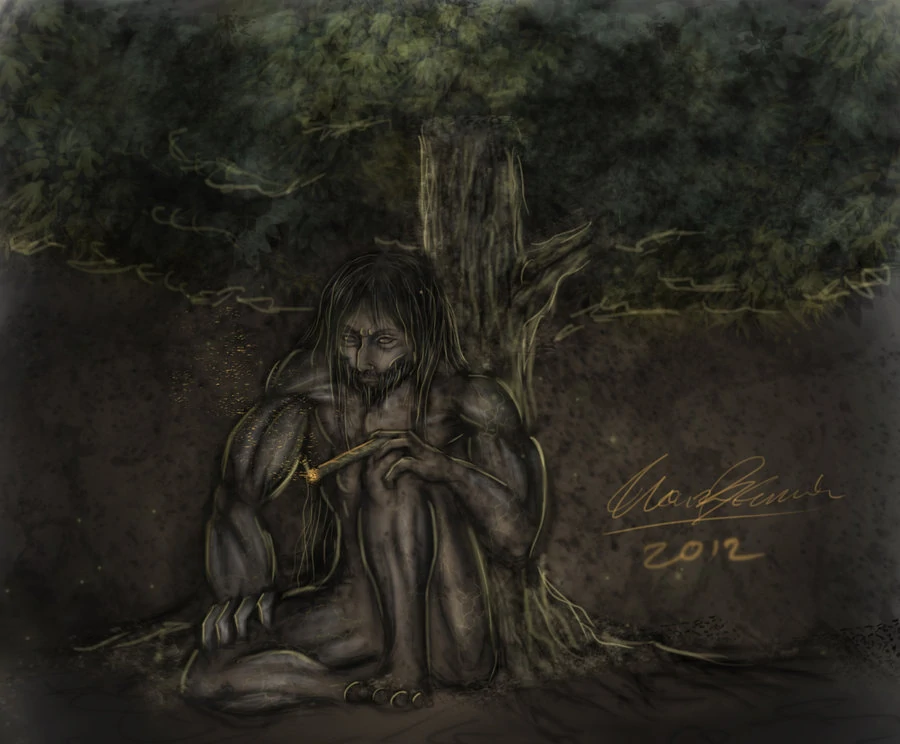
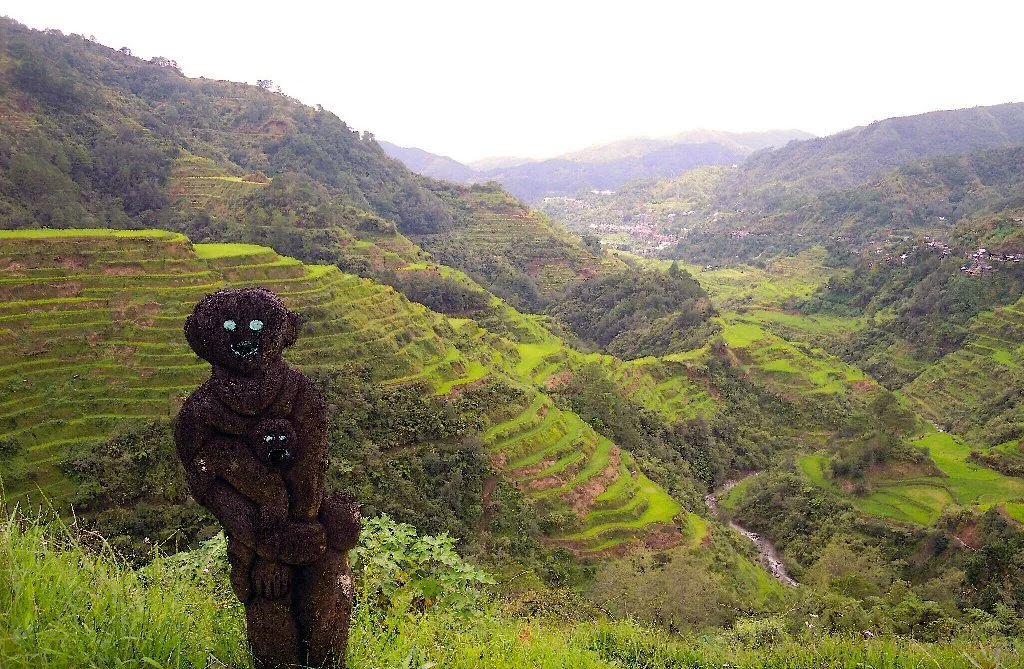
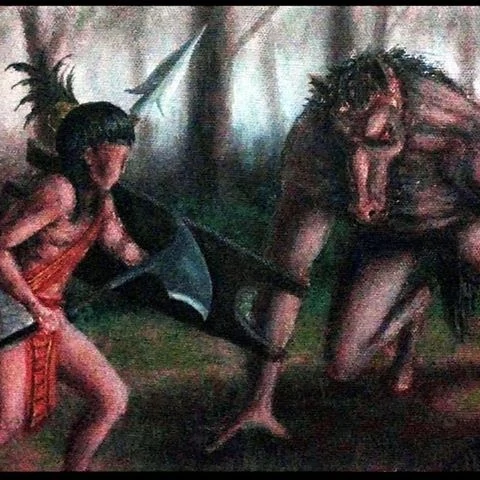
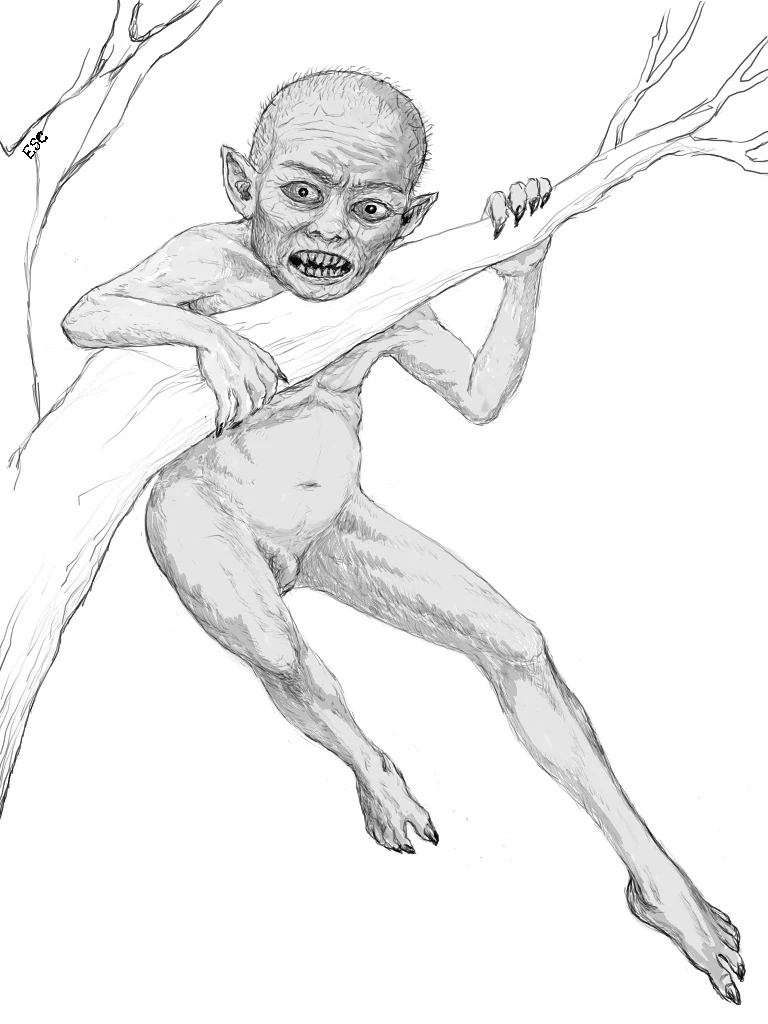
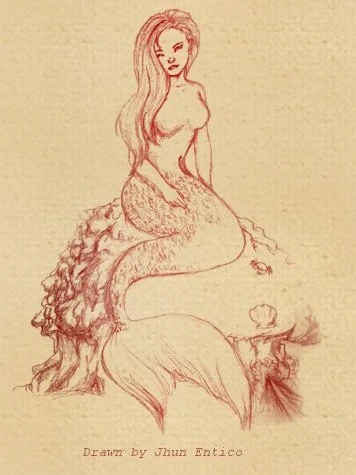
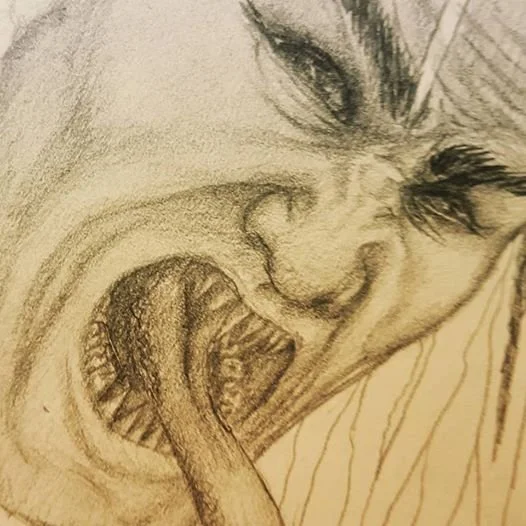

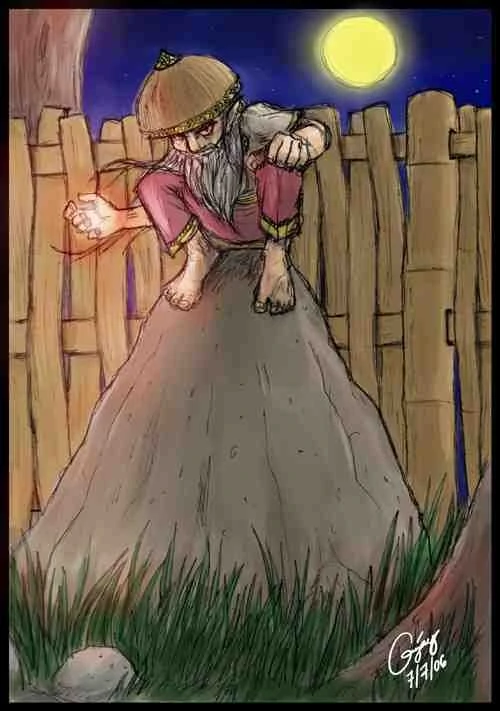

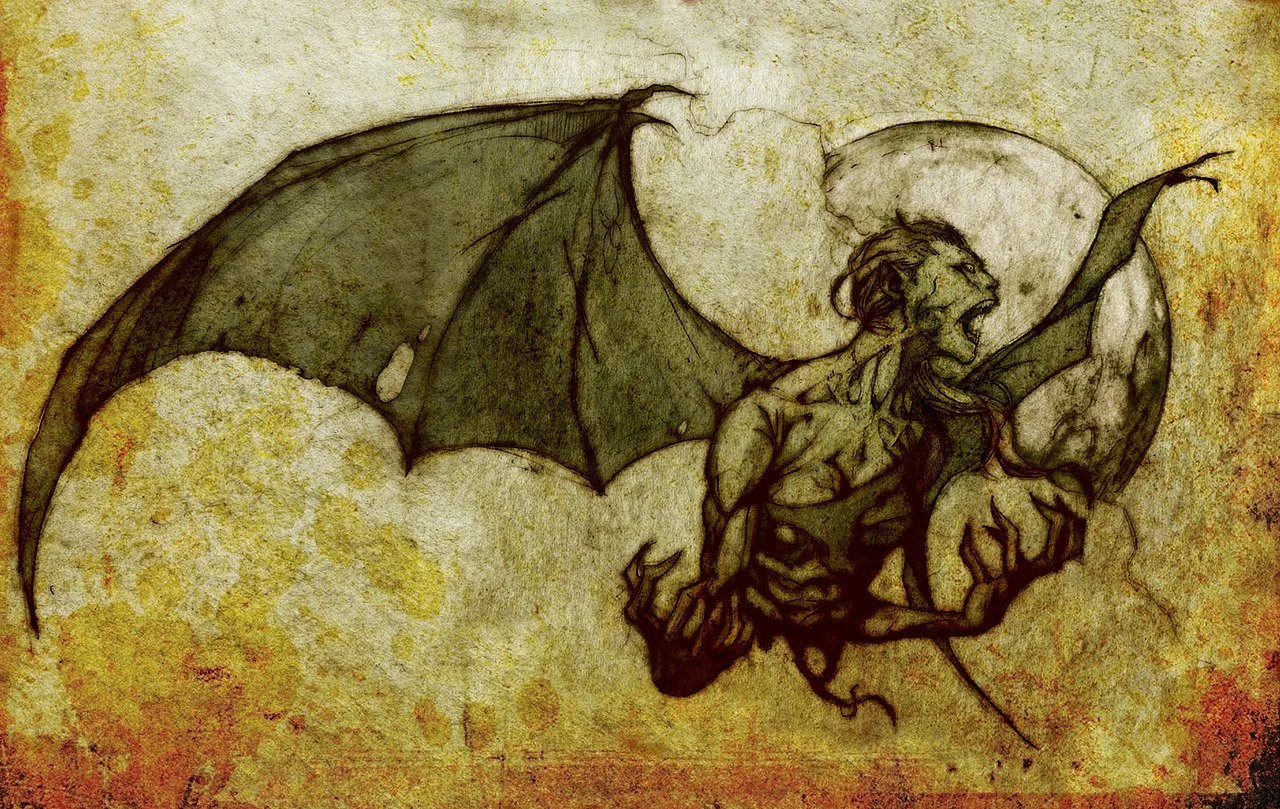

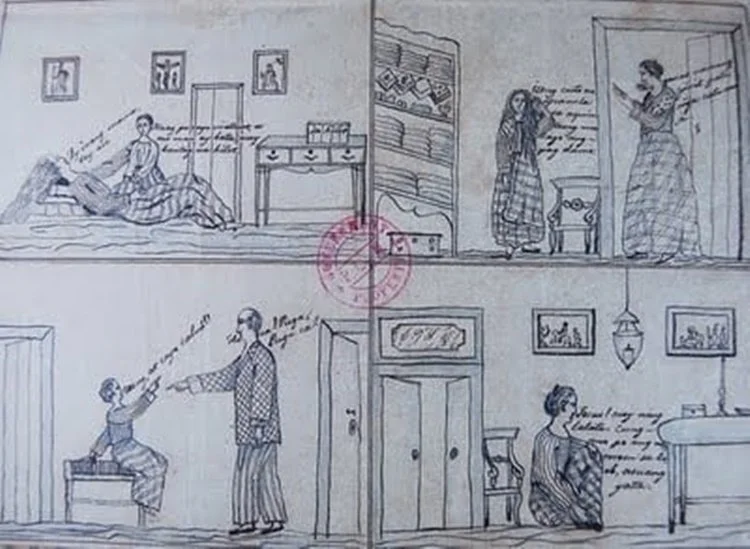
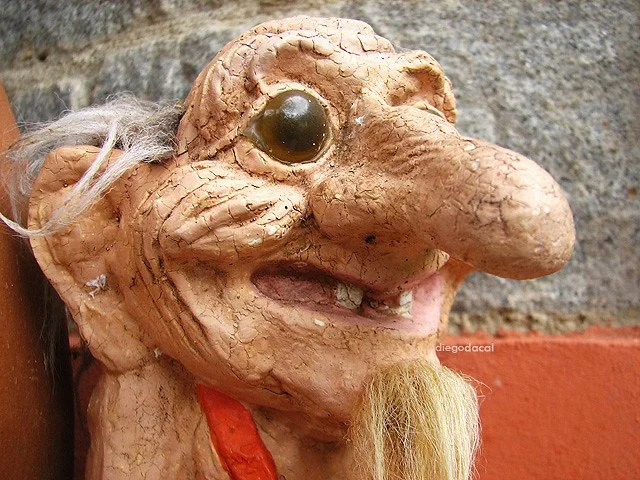
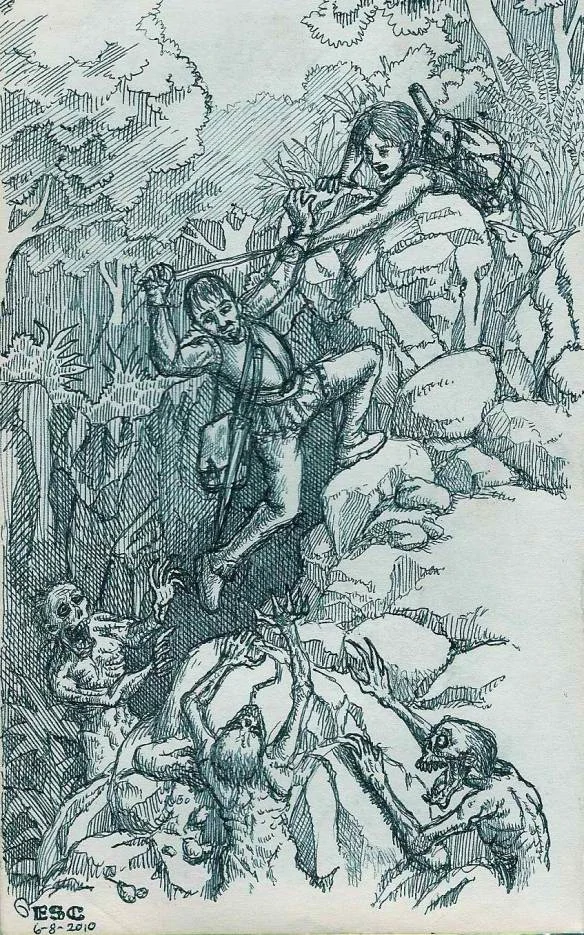

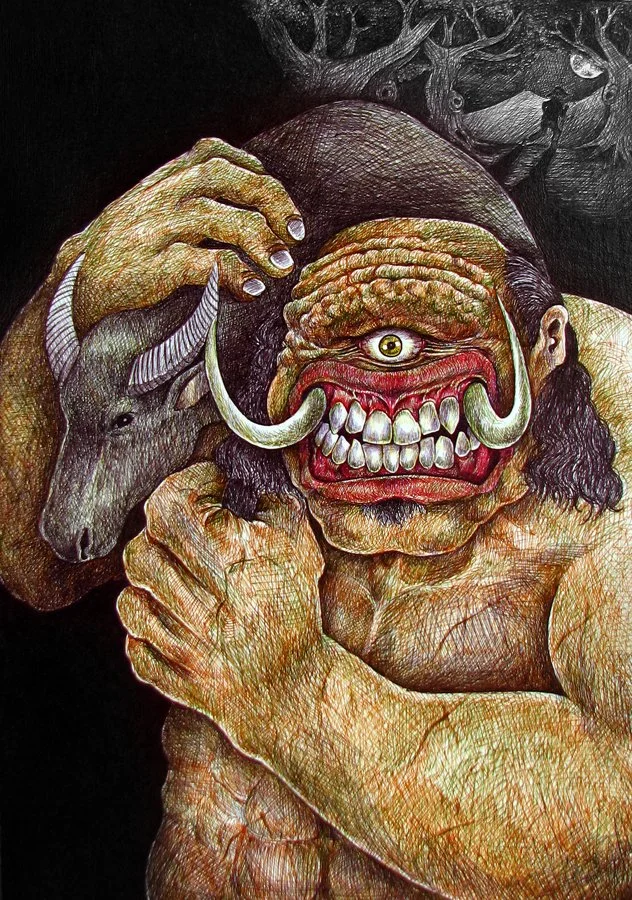

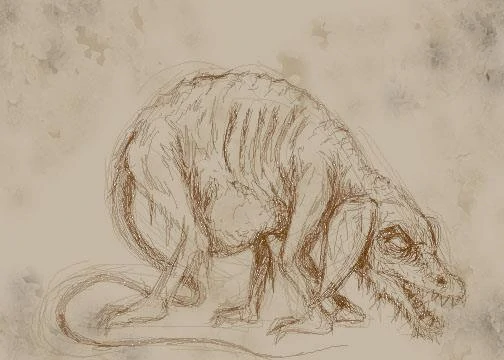

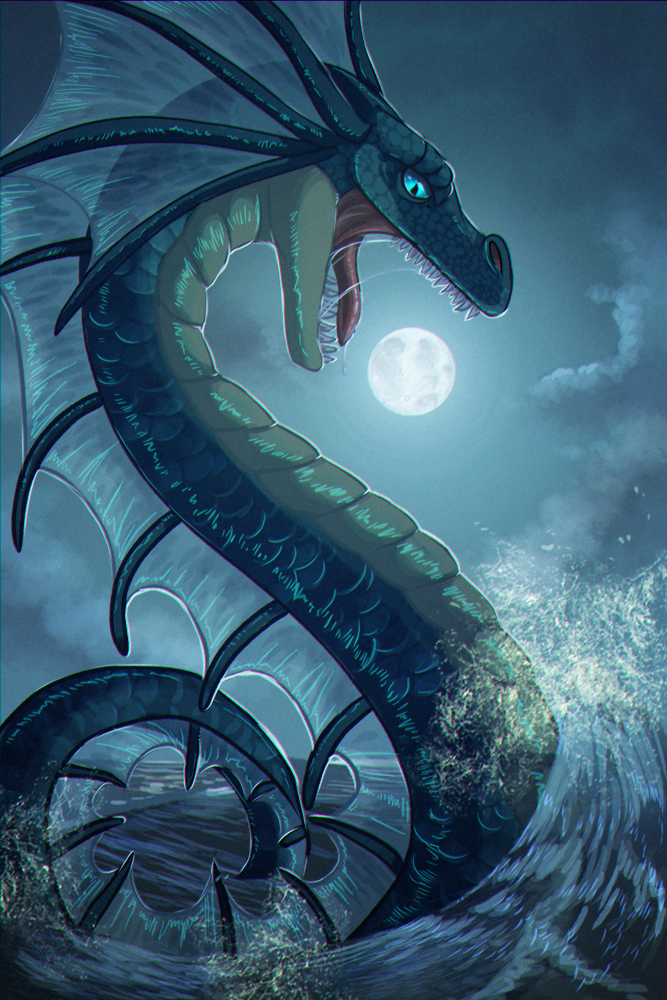
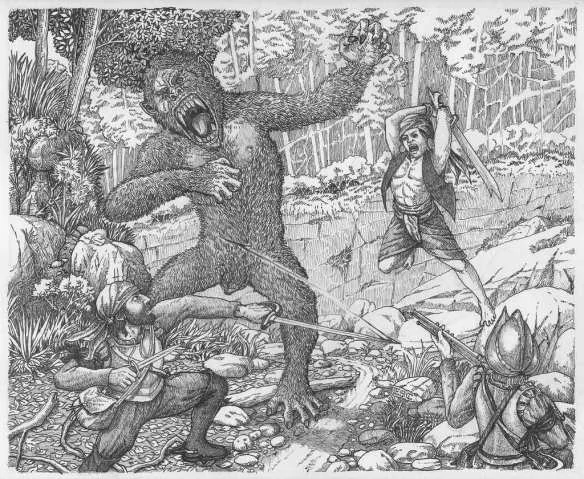
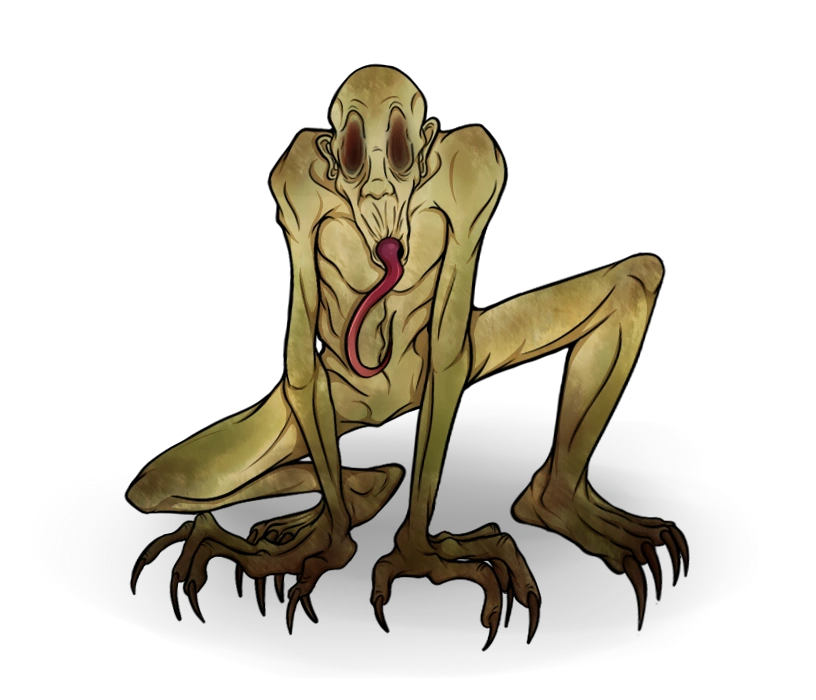

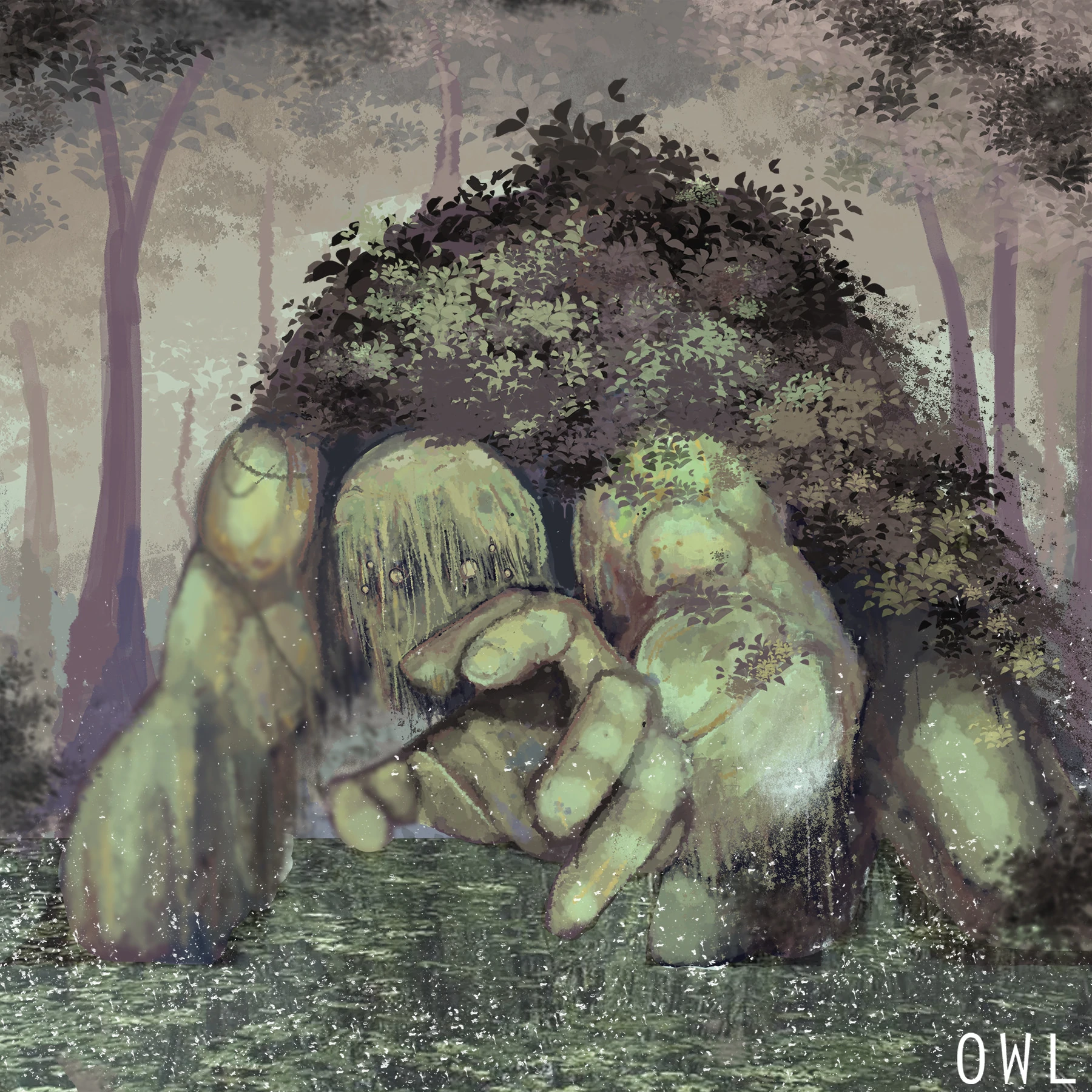
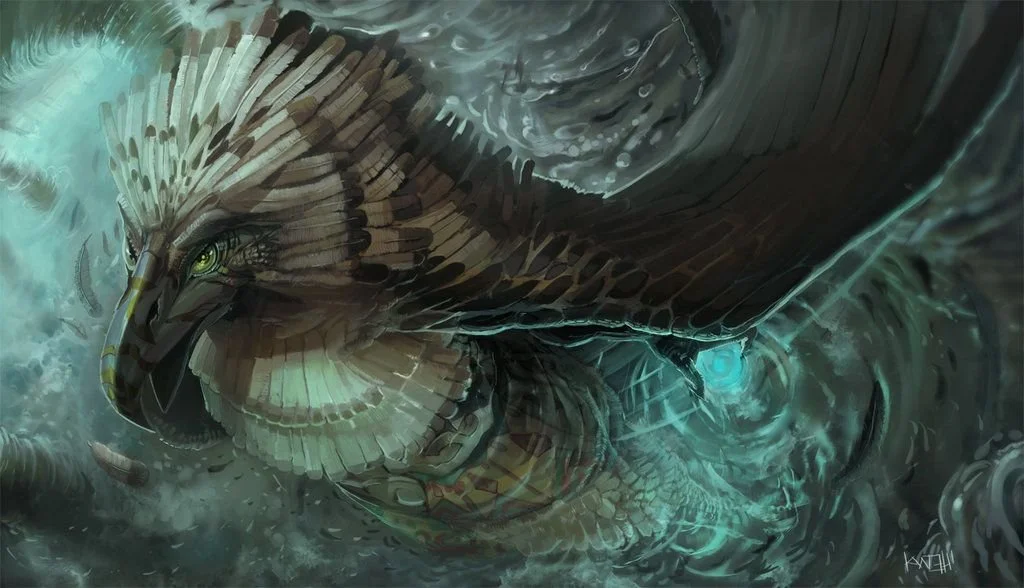
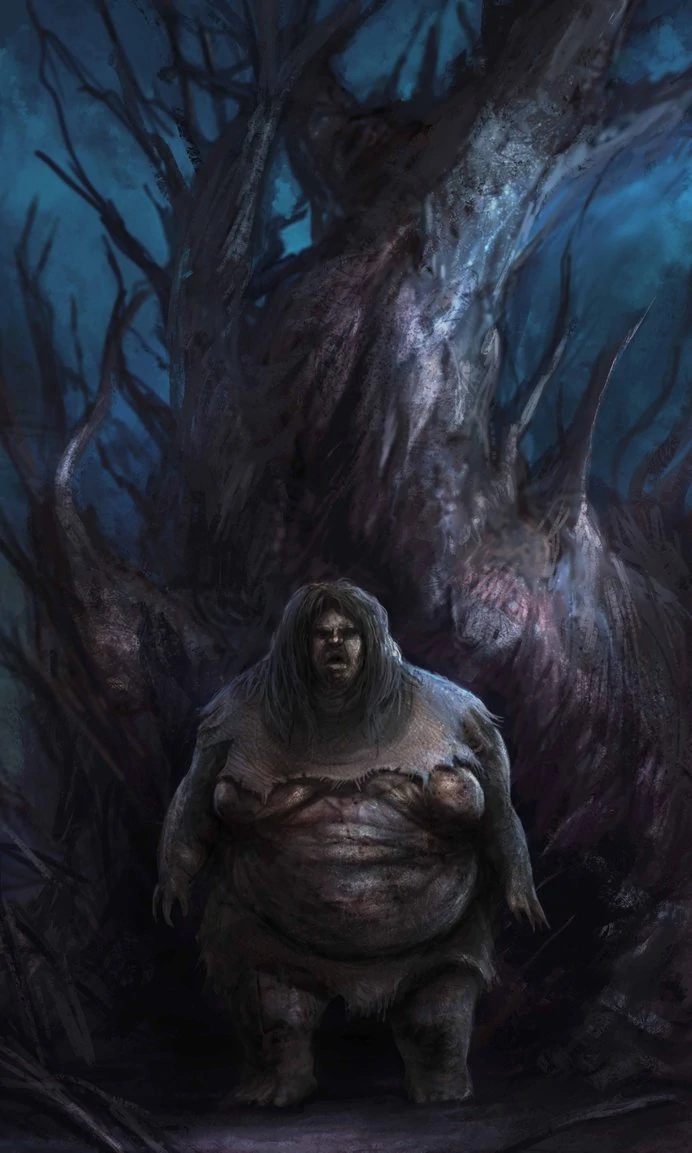
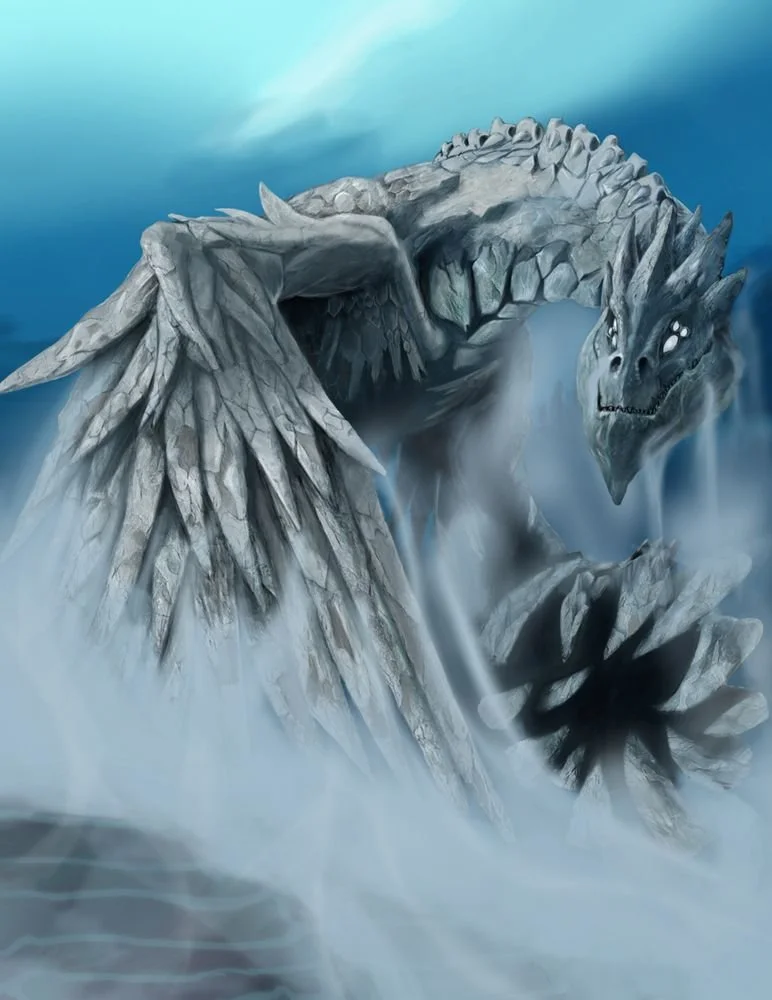

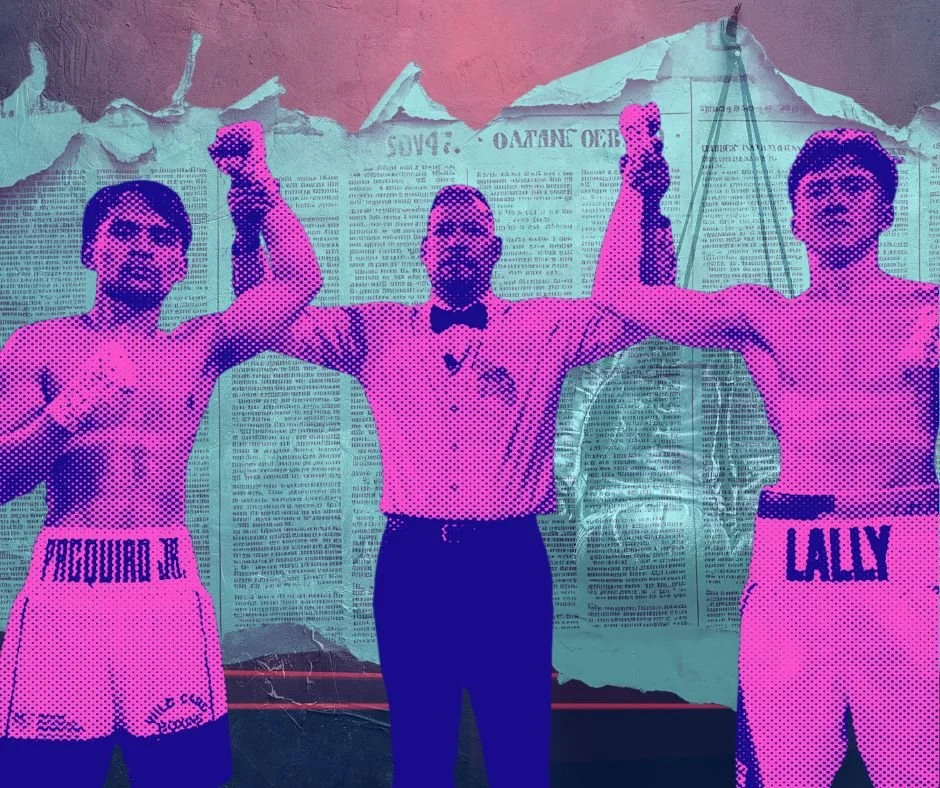























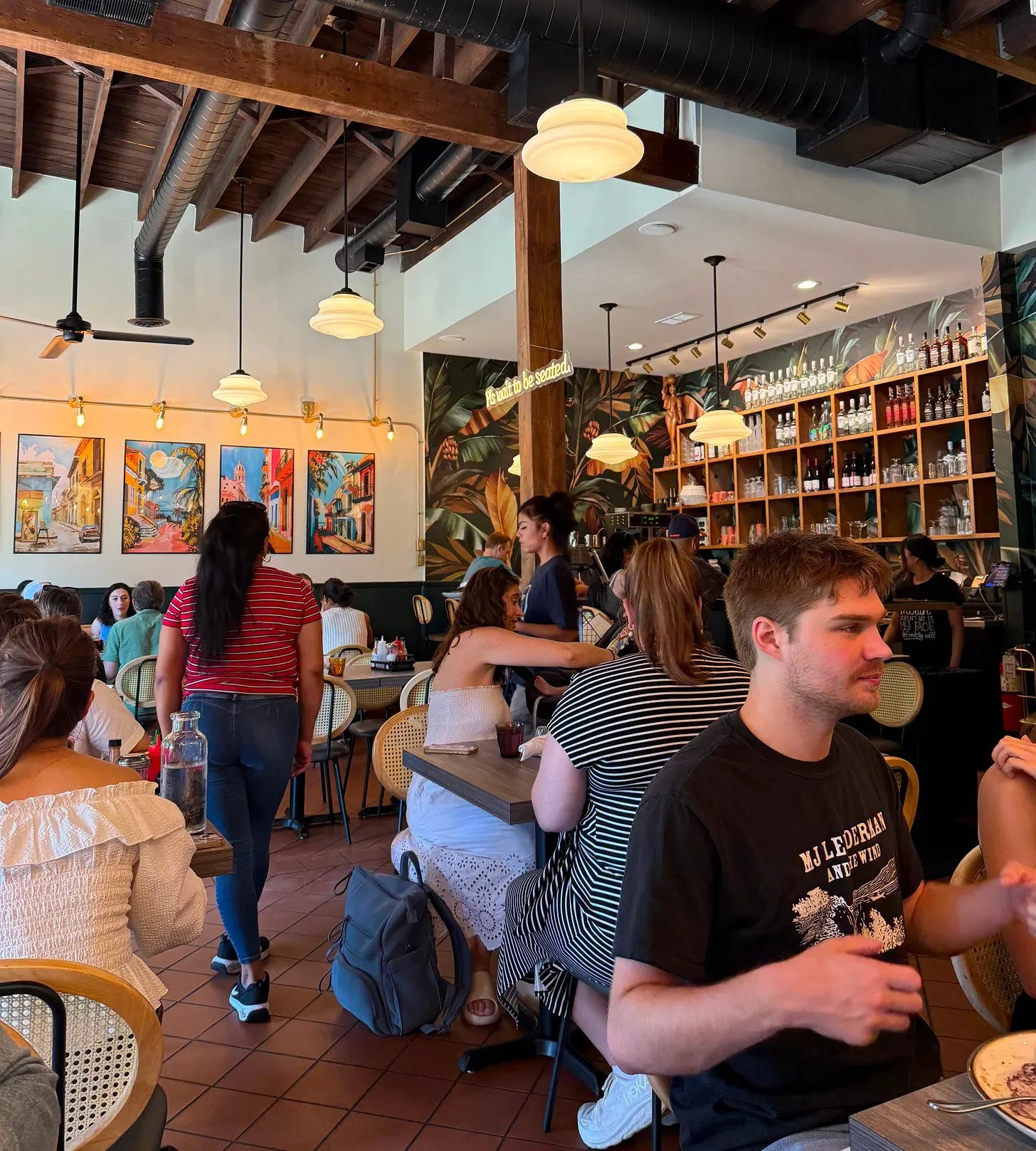

It all started with a table outside of a Seafood City in 2015.
LEAD Filipino volunteers were on hand with clipboards and flyers for a Filipino voter registration drive. It was an early campaign for the grassroots organization, which grew out of a desire to build Filipino civic voice and representation.
Read More